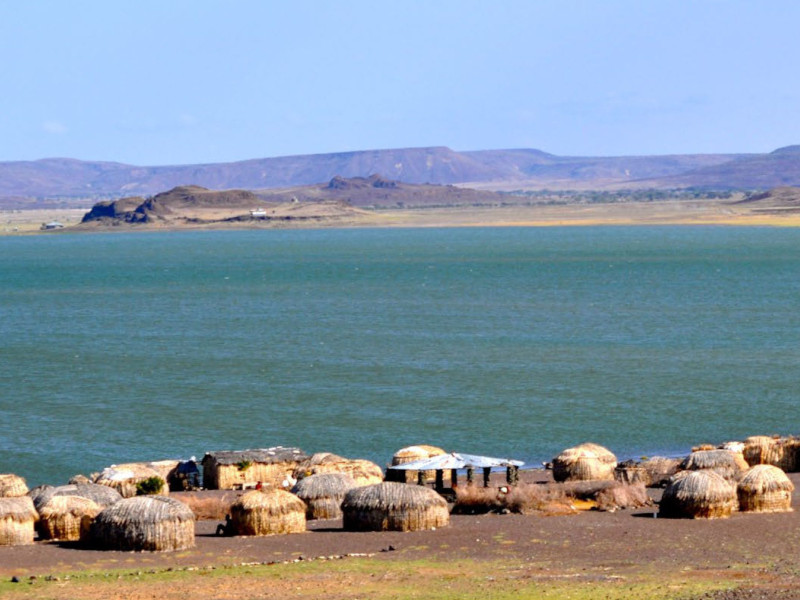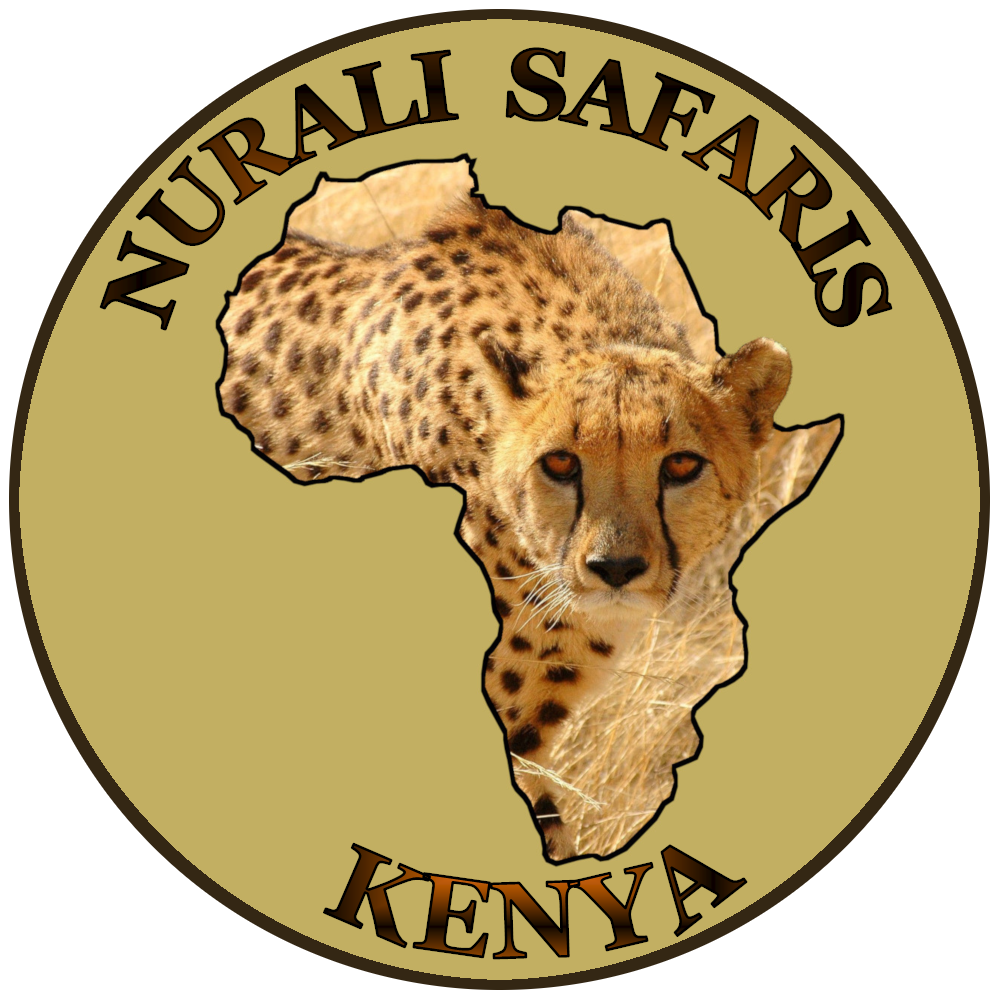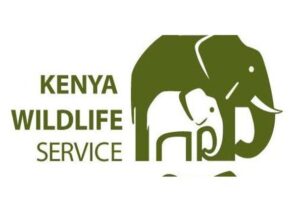“"The different lakes of Kenya have different attractions." There are lakes that are havens for bird watching, lakes that host spectacular scenes of hot springs and geysers, lakes with islands, lakes that Kenya shares with other countries and lakes that have some of the more interesting stories of how they came about. The bottom line is that the natural beauty of these lakes is superb. There are also literally dozens of interesting and fun things you could do around the lakes.
Some of the key lakes include Lake Elementaita, Lake Nakuru, Lake Bogoria, Lake Naivasha, and Lake Victoria.
The wonderful Lake Turkana, (The Jada Sea) which is the largest permanent lake in a desert place and is also the largest alkaline lake in the world.
LAKE BOGORIA
Lake Bogoria is a saline and alkaline lake and is located just south of Lake Baringo. With its ideal conditions, it hosts one of the largest populations of lesser flamingos in the world. Due to the alkalinity of the lake, the blue-green algae grow well, which in turn feeds the flamingos. Sometimes the number of flamingos feeding in the lake can be as high as two million, creating a wonderful waving glow of pink as the flamingos forage. This scene of millions of bright pink flamingos is found only in the lakes of Kenya's Rift Valley, and therefore is not replicated anywhere else in the world, due to the very specific environment that birds need.
The soil in this area is geologically formed by recent volcanic rocks from the Miocene-Pleistocene era. Around Bogoria there are about 200 thermal springs with water temperatures ranging from 39 to 98.5 ° C. Almost all of these springs are close to the lake or are inside the lake. Thermal springs generally have a high content of carbon dioxide, this causes the springs to boil wild.
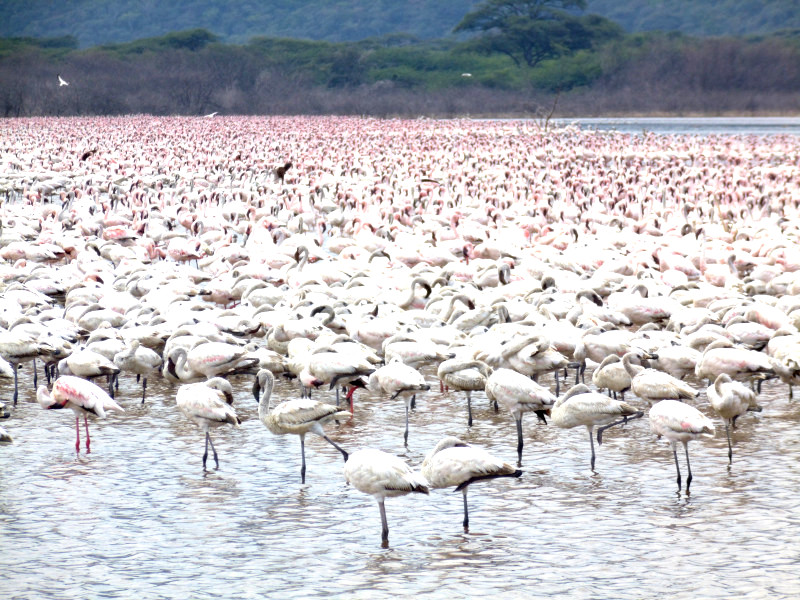
LAKE NAKURU
Lake Nakuru is a wildlife haven, but it is the flamingos that have earned it its reputation. First-time visitors to the park are never disappointed as the view is quite overwhelming.
Padded with pink as far as the eye can see, the lake shore pulsates with the sound of screams and croaks from the multitude of flamingos that feed. Millions of greater and lesser flamingos fight in the shallows. On the shore, white rhinos and water antelopes graze among the troops of baboons in search of food. The lake was dubbed the "greatest bird show in the world" by the famous ornithologist Roger Peterson.
The park has a number of viewpoints from which to observe the lake shore and cluster of flamingos, and the occasional patches of white indicate small groups of pelicans that have come to feed on the alkaline tolerant fish that has been stored in the lake by authorities to check the mosquito larvae. The fish reproduced quickly and attracts a wider variety of birds to the lake.
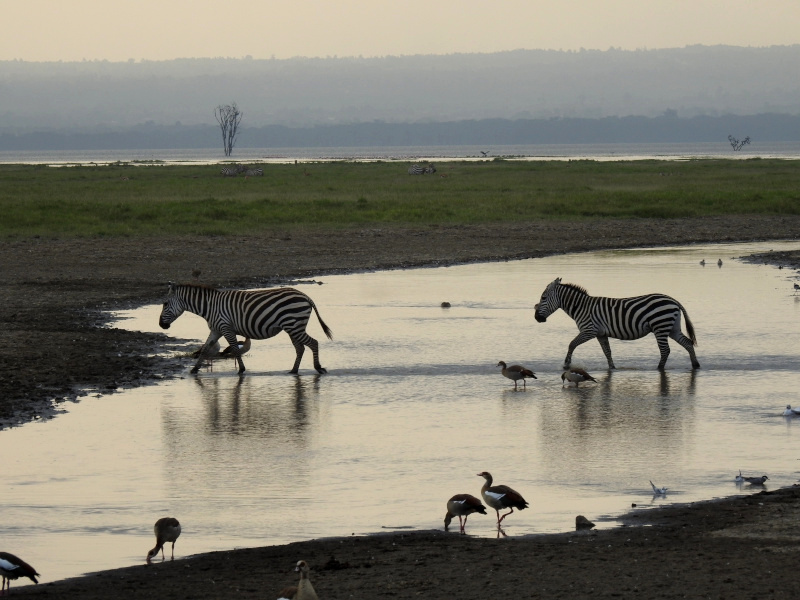
LAKE ELEMENTAITA
Located between lakes Naivasha and Nakuru, Lake Elmenteita is one of the most important lakes in Kenya's Great Rift Valley, as it is the breeding and feeding ground for many endangered bird species. The area was declared a Ramsar site in 2005.
During the dry season, black lava islands provide the only suitable nesting and breeding grounds for the Great White Pelican in the Rift Valley region.
Due to the small size of the lake, water level fluctuations affect the salinity of the lake and therefore conditions change, making it an unstable place for flamingos to rely on for food supplies. However, the lake is a bird lover's paradise as it has over 450 species, including migratory birds.
Lake Elmenteita is part of the Soysambu Conservancy, founded in 2007. The lakeshore is an important area for animals such as Zebra, Gazelle, Eland and Warthogs. It is a sanctuary for the rare Rothschild Giraffe. It also serves as a sanctuary for nationally threatened colobus monkeys.
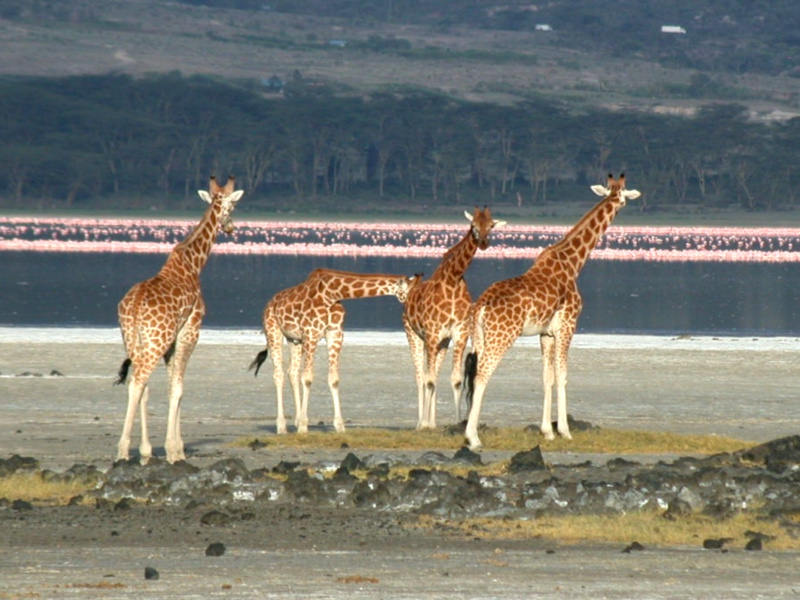
LAKE NAIVASHA
Located at an altitude of 1884 meters, Lake Naivasha is surrounded by hills and is the highest lake in the Rift Valley, named after the British who named it due to the occasional waves that churn its waters. "Naiposha" actually means "rough water". It is a wonderful place of fresh water populated by hippos where more than 350 species of birds, zebras, giraffes and antelopes come to drink.
In addition to seasonal streams, the lake is fed by two permanent rivers, the Malewa and the Gilgil. There is no visible emissary, but the fact that the lake water is relatively fresh suggests that there is an underground percolation that allows the exchange.
The presence of fish in the lake has been subject to strong variations over time, under the influence of the climate, the intensity of fishing and the introduction of alien species. Floriculture is the main industry in the area around the lake. In 1981, the first geothermal plant for the Lake Naivasha area was commissioned and by 1985 the plant was functioning and generates a quantity of 45 MW.
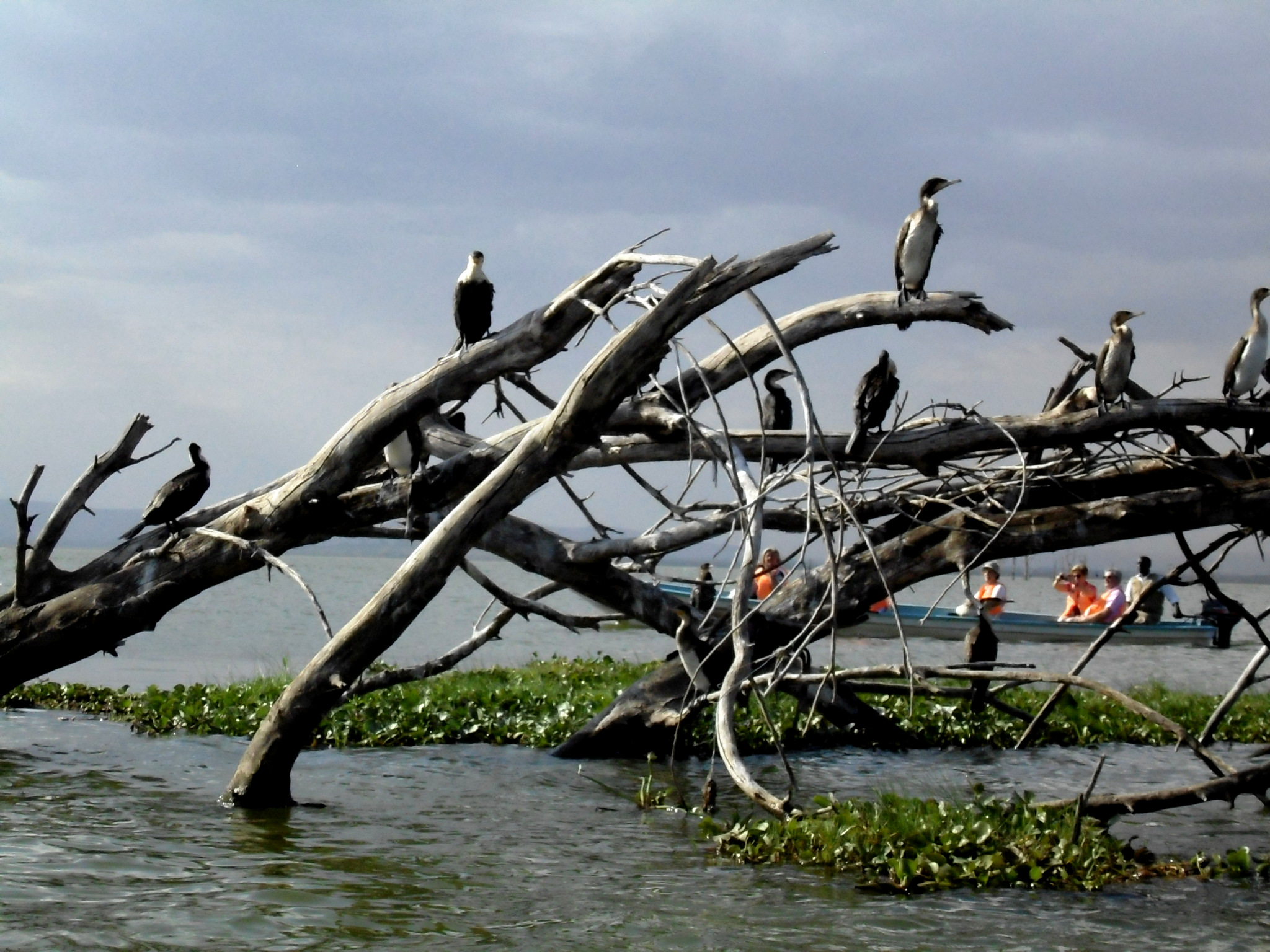
LAKE TURKANA
Getting to Lake Turkana is like taking a dip in an indefinite past, as if the time machine had stopped life one hundred, five hundred, one thousand years ago. A prehistoric lake, a place of rebirth and renewal that is slowly disappearing, with its waters that year after year are drenched by the land that produced them. Lake Turkana, also known as the Jade Sea, was originally called Rudolph Lake, is famous for its greenish-blue colors and notorious strong desert winds.
Numerous fossils have been found in the area around Lake Turkana. Sibiloi National Park is known as "the cradle of humanity" as it hosts important archaeological sites such as Koobi Fora, where fossils have led to a greater understanding of human evolution than any other site on the continent.
The lake is surrounded by an empty barren landscape, apparently extraterrestrial, lifeless. There are numerous volcanic overflows with petrified forests. The island's parks are breeding habitats for Nile crocodiles, hippos and various species of snakes.
